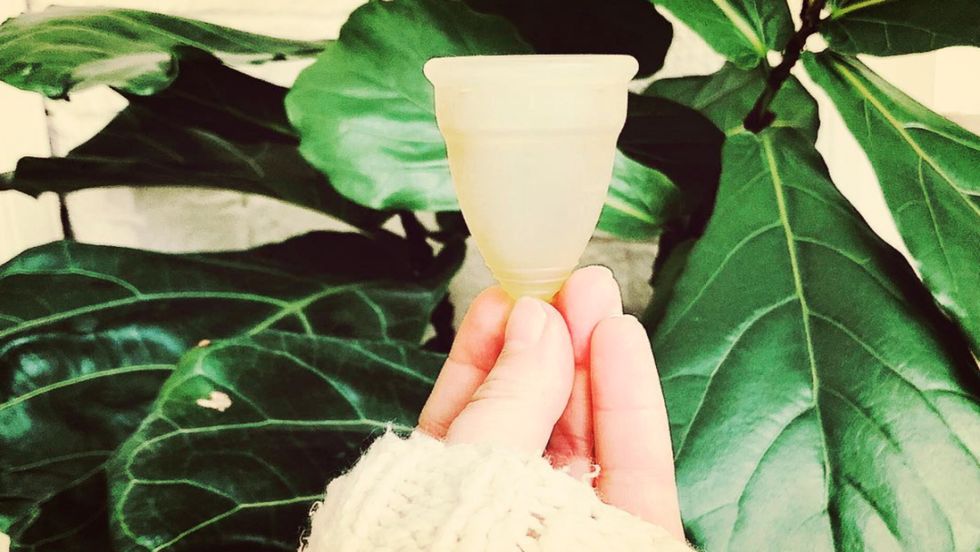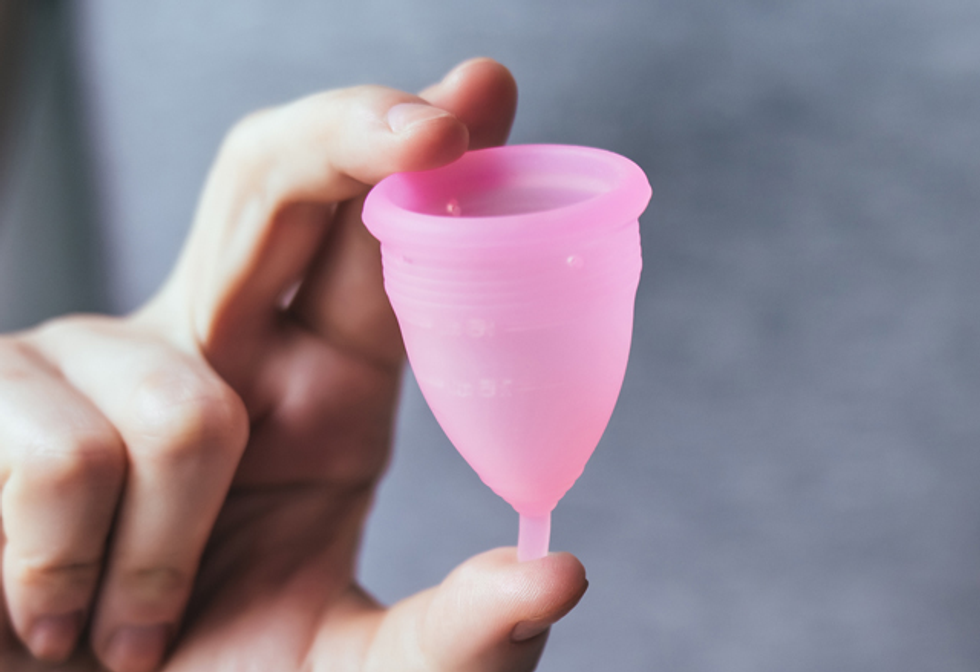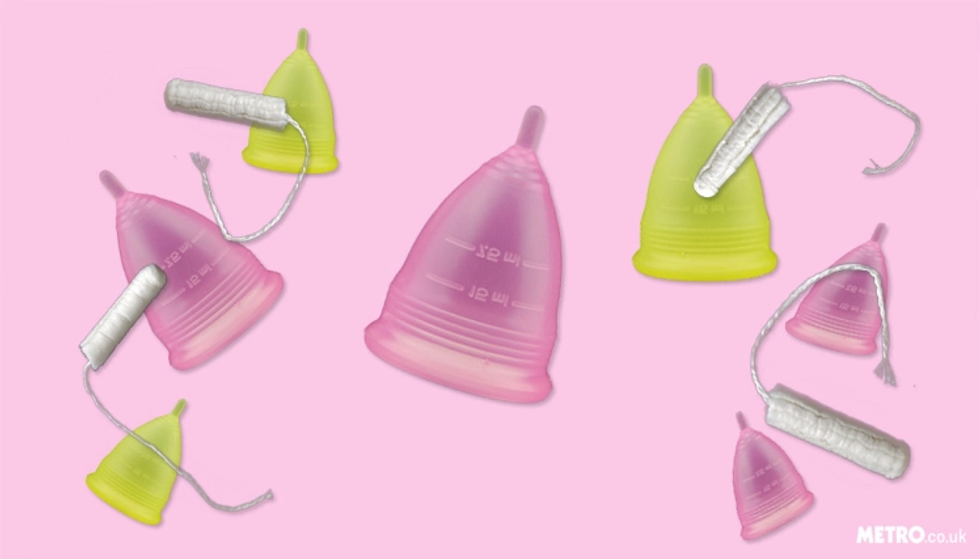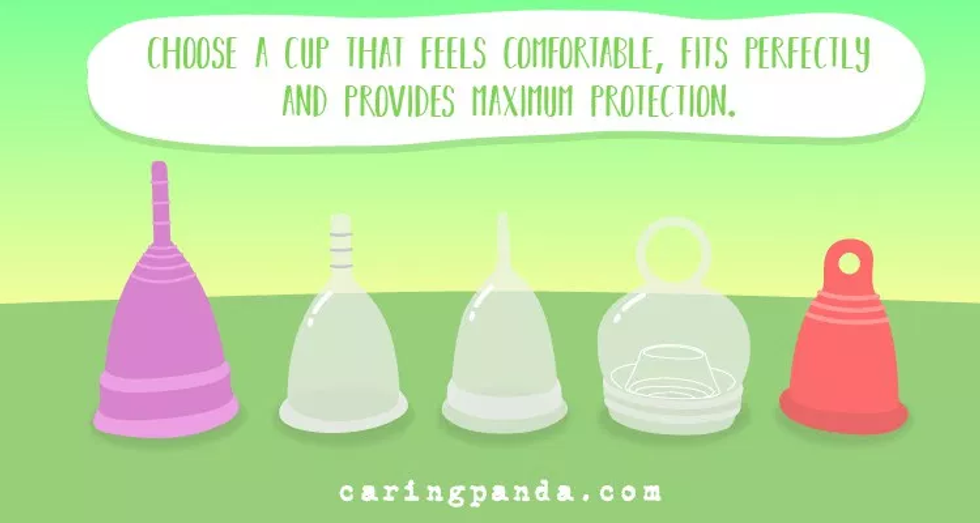Disclaimer: I don’t mean this article to put more shame or taboo around the topic of menstruation. I just to want to help other women through education.
Ladies, we’ve all been there. Having fun at a concert, festival, or any other event, and then your period starts or you’ve leaked through your tampon or pad. The tampon or pad you just changed less than 2 hours ago.
I’ve been in this situation multiple times with friends and I haven’t been able to help, because a little over a year ago I switched to using a period cup. Why may you ask? Well, let me break it down for you.
I got tired of the cost of tampons and pads. I used both before I quit them all together. The cost of Always Maxi Pads Overnight pads 48 pack is $11.99 and the cost of Tampax Pearl regular tampons 36 pack is $8.99 at Walgreens. Considering the average female will use over 11,000 tampons in her lifetime, the cost adds up very quickly, and not every brand is the same price or quality.
I also got tired of how often I had to change a tampon or pad. It felt like I just put in a new tampon or changed my pad and I’d have to hope that I could change fast enough in the few minutes between classes. Also ever felt like you were leaking, and then went to the bathroom to find nothing? I hated those because I would be paranoid for the rest of the day.
Do you know the ingredients of tampons and pads? Probably not. I certainly didn’t until I looked into further research. That’s because companies aren’t required to put the ingredients on the packaging. Ever heard of toxic shock syndrome? Yeah, it’s not just from leaving a tampon in for too long.
It can be caused by bacteria producing toxins. Where do the toxins come from? The ingredients in tampons and pads. Some harmful ingredients include rayon, dioxin, non-organic cotton, fragrance, chlorine, and BPA. Read here what that all means for your body.
I didn’t use tampons often, but I felt terrible when I did. My cramps felt more intense and taking out tampons was very uncomfortable for me. When doing research later, I found out why and for me it was a ‘duh’ moment. Tampons are meant to absorb blood, obviously, but they also absorb the natural fluids that maintain the proper pH in your vagina. It not only messes with your body, but this means that it makes it uncomfortable to take out tampons. Also because of this, some fibers from the tampon are left in your body. Remember what tampons are made of? Yeah, bad news all around. Also, pads made me feel like I was sitting in blood.
A period cup is cheaper, after the initial investment of course. I have a Super Jennie period cup which is $29.95. By Lauren Singer’s, a zero waste advocate math, 2 boxes of tampons for 10 years is $1,680. For me, that’s another nine years for $29.95. I don’t really see a problem with that. I also don’t look into an empty box halfway through my period with panic.
A period cup doesn’t absorb blood. It holds blood. Meaning a period cup has a higher capacity than a tampon. Depending on the brand, a period cup can hold 30 to 40 mL of blood without leaking. For me, that means I don’t worry about my period for 8 hours, which is really important to me. I volunteer at a community theatre and some rehearsals or set builds are an all day event, so not having to worry about my period is a blessing. I empty my period cup when I get up in the morning, in the early afternoon, and right before bed.
All reusable period cups are made with medical-grade silicone. The one I use is even FDA registered. I know that every time I use my period cup, it’s safe. No more wondering.
Also, my cramps have gotten less intense, which considering my cramps weren’t bad, except with tampons, is amazing. They are also really easy to clean. You just rinse with hot water and soap everytime you take it out, and boil in between cycles.
There are so many brands available. You may be the most familiar with the Diva Cup, but that’s not your only option. Within a brand, there are also options on size. So whether you’re looking for a soft cup or high capacity cup, there is one for you.
One period cup can last for 10 years with proper care. This may not seem significant, but what if you knew how many tampons and plastic applicators are in landfills? Around 20 billion menstrual hygiene products get dumped into North American landfills every year. Like I said before, one woman uses over 11,000 tampons in her lifetime.
Think about the impact you have every month. It’s not only the material of the tampons, applicator, and pads, but the toxins that the tampons and pads have that are harmful to the environment. By using a period cup for the past year, I saved the environment. It’s a small change, but it adds up to greater things for the world.
Although it may be uncomfortable and messy at first, I highly recommend using a period cup. There are many brands of period cups, so do your research and find the right one for you. If you don’t feel like fully committing, there are disposable period discs. If you are still scared or hesitant to use a period cup, I urge you to switch to a company that is organic, cotton, and fragrance-free.
Here are some resources to help you start:
What Menstrual Cup is Best for Me
Here’s Everything You’ve Ever Wanted and Needed to Know about Menstrual Cups




















